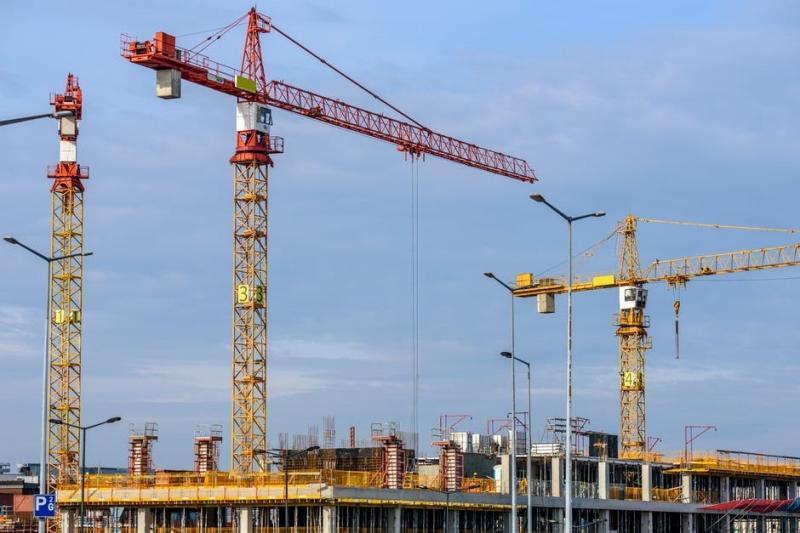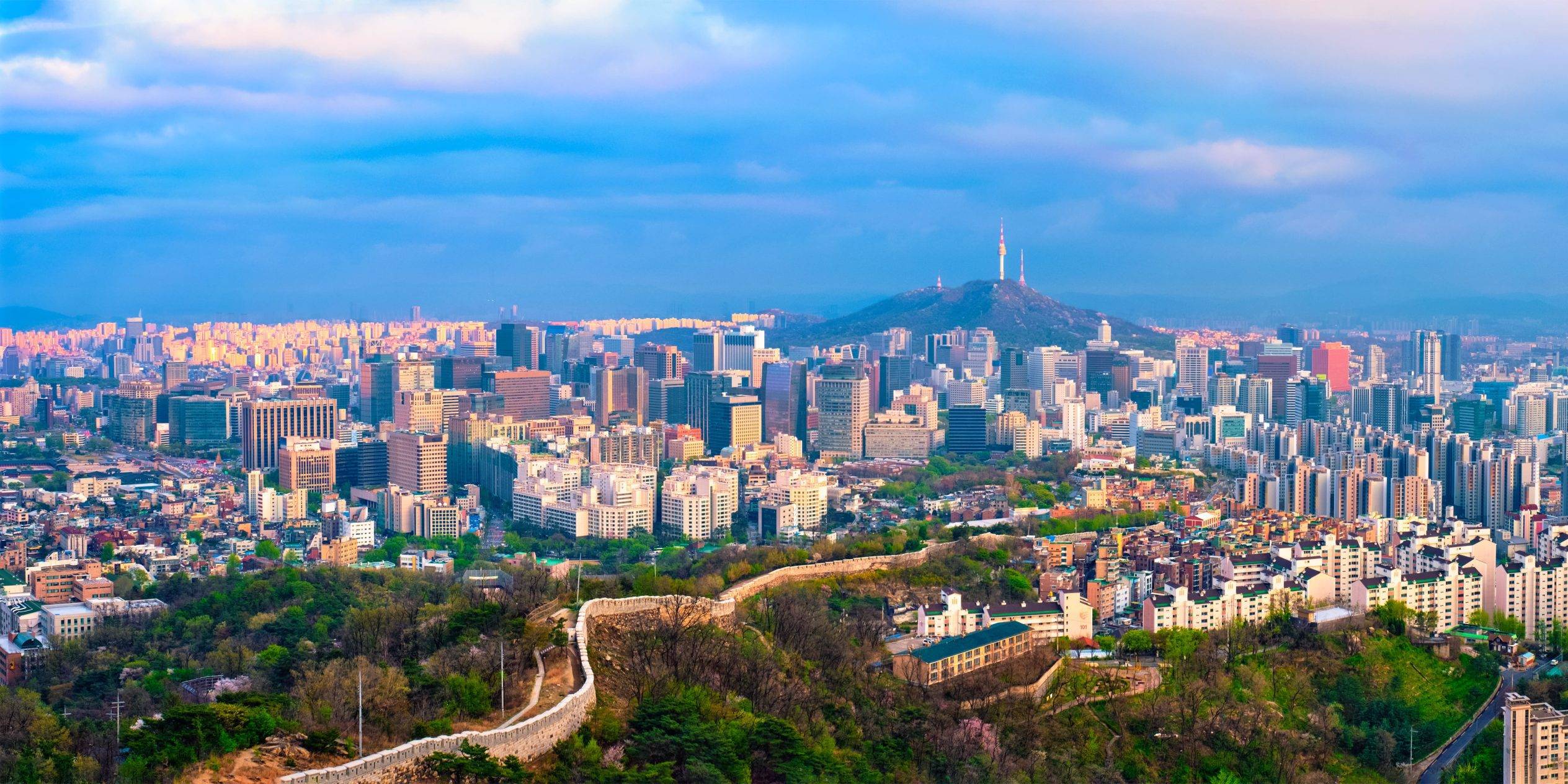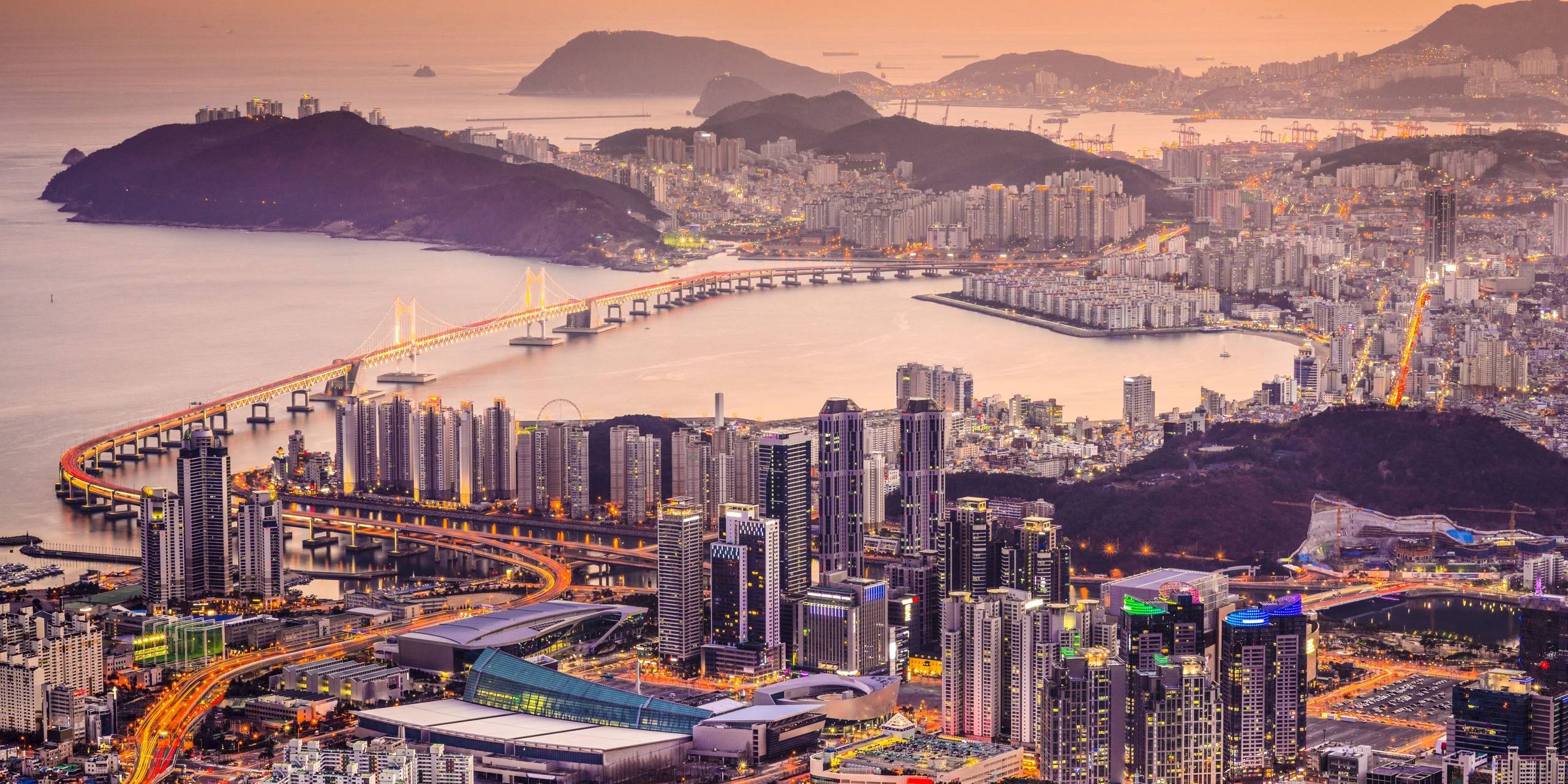

Unlike in many other countries across Asia, the Government has invested heavily in Sustainable Industrial Development in South Korea. These efforts were made to make the country a leader in the green industry.
The government has made a concerted effort to promote eco-friendly practices. This is the case across business and industry nationwide.
South Korea has several initiatives that it is using to boost its green credentials. These include: the UN’s Sustainable Development Goals, the Green Economy (UNEP), the Green Growth Strategy (OECD) and Low Carbon and Green Growth (Korean Gov.) initiative.
Let’s take a closer look at how South Korea has achieved this impressive feat!
Construction and Heavy Industry
South Korea’s industrial development ascent dates back to the early 1960s. At that time the country began to invest in construction and heavy industry.
This was a necessary step to catch up with more developed countries like Japan and the United States.
As South Korea’s economy grew, so did its industries. Factories and production lines sprang up all over the country. South Korea soon became known for its world-class manufacturing capabilities.
This development was not without cost, however. Along with rising economic output came increased pollution and environmental degradation.
Sustainable Industrial Development in South Korea
South Korea responded to these negative consequences. The government began to promote sustainable industrial development in the late 1990s. Two main goals drove this initiative:
- To reduce environmental pollution and improve public health
- To promote more efficient and environmentally friendly industrial practices
Since then, South Korea has made impressive progress in both areas. Let’s take a closer look at some of the key initiatives!
The United Nations Sustainable Development Goals
In 2015, South Korea became one of the first countries to officially adopt the United Nations Sustainable Development Goals (SDGs). These 17 goals outline a global plan of action to achieve sustainable development by 2030.
Some countries governments took these goals and didn’t respond. However, South Korea took these goals and started to cross reference them with existing and proposed new government policy.
Gradually, the government built new policy. They based it on the UN’s sustainable development goals and sought to address each of them.
South Korea’s Green Growth Strategy
One of the main objectives of the SDGs is to ensure healthy lives and promote well-being for all people, of all ages.
To achieve this, South Korea began to adopt a whole-government approach. Their strategy integrated sustainable development in South Korea into all aspects of policymaking.
This integrated approach was named the country’s Green Growth Strategy. This strategy lays out a roadmap for transitioning to a greener economy. However, it attempts this while maintaining high levels of growth.
To summarize the government’s Green Growth Strategy, they aim to:
- Increase energy efficiency across all sectors
- Promote renewable energy sources
- Reduce emissions from transportation and industry
- Improve waste management and reduce landfill emissions
- Protect water resources and promote sustainable agriculture
South Korea has also made impressive progress in promoting gender equality. For example, the country now has one of the highest rates of female entrepreneurship in the world.
In 2015, in South Korea, there was a big win for women. It also became one of the first countries to launch a national strategy on gender equality.
The country made headlines and won international recognition. This strategy sets out specific goals and actions to achieve gender equality by 2030.
Sustainable Industrial Development in South Korea
In addition to adopting the SDGs, South Korea has also taken steps to promote eco-friendly industrial practices.
For example, in 2007 the government launched a program called Green Industrialization. When businesses adopt environmentally friendly technologies and practices they benefit. This initiative provides financial and technical support to businesses on the program.
As a result of this program, South Korea has seen a rapid expansion in the use of green technology. For instance, the number of solar panels installed in the country increased by more than 500% between 2010 and 2015.
The South Korean Economy
There has been a lot of progress in sustainable industrial development. However, South Korea’s economy is still heavily reliant on construction and heavy industry. The industrial sector accounts for more than one-third of GDP. It also employs nearly half of the workforce.
This is not likely to change soon, as South Korea’s economy continues to grow at a fast pace. The country is now the world’s 11th largest economy. South Korea is projected to become the seventh-largest economy by 2030.
However, as the country becomes more developed, it will remain important to find a balance. It must create a synergy between economic growth and environmental sustainability. South Korea is well on its way to achieving this goal, and its successes may help to inspire other countries.
South Korea Is Set For A Greener Future
The government is leading the way in sustainable industrial development in South Korea. It offers valuable lessons for other countries. Its success is remarkable. It has promoted green technology, gender equality, and peaceful society. South Korea provides a roadmap for achieving the United Nations’ SDGs.
Here at Premia TNC, we are a professional consulting, tax accounting firm. We’re expertly placed to help you if you would like to start a sustainable business in South Korea. Perhaps you would like to help the country to meet the sustainable goals we’ve outlined in this article.
We can help you to set up a lucrative business unit within South Korea as a foreign investor. Contact us to learn more about our consultation and tax accounting services.



premiatnc
View All BlogsRelated Posts
01/13/2023
Doing Business in South Korea: Key Facts and Advantages
South Korea is geographically placed…
12/05/2022
3+ Things You Should Know Before Starting an Online Business in South Korea
Online business in South Korea has seen…





